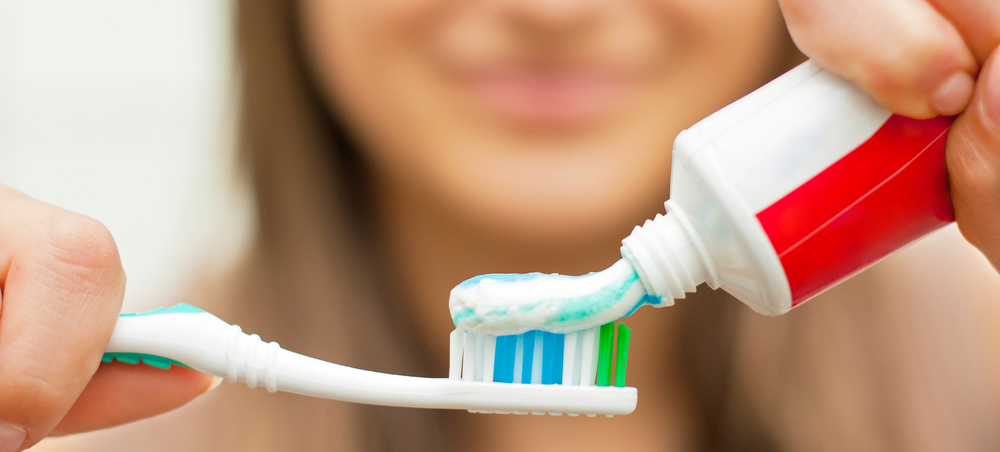What Is a Cavity and How Did I Get It?
Jan 8, 2022

Dental cavities are one of the most common afflictions that can affect your teeth. They can happen to anyone at any age. They’re so common that only around 8% of people have never had a cavity. This means that most people have had a cavity diagnosed and treated. However, many people might not know exactly what a cavity is or how it forms. Understanding how a cavity can form is important to know how to prevent them.
What Is a Cavity?
A cavity is a hole in the tooth. More specifically, it’s a hole in the outer layers of the tooth: the enamel and the dentin. The enamel and the dentin are hard outer layers of the tooth that protect the soft pulp and nerves on the interior of the tooth. Cavities expose this sensitive inner part of the tooth to both air and the bacteria that form in the mouth. This can cause pain and sensitivity, as well as tooth decay if the cavity isn’t treated quickly.
What Are the Symptoms of a Cavity?
The symptoms of a cavity can differ depending on where the cavity is and how bad it is. Early on, there may be no symptoms at all. However, as the cavity itself worsens, so will the symptoms, which can include:
- Tooth sensitivity
- Toothache
- Pain that doesn’t appear to have any particular cause
- Pain that appears spontaneously
- Visible holes in a tooth
- Visible pits in a tooth
- Pain while eating or drinking something either hot or cold
- Pain while eating or drinking something sweet
- Pain when biting down
- Staining on the surface of a tooth
What Can Cause a Cavity to Form?
Tooth decay is what causes a cavity to form. This is a process that occurs over time and begins with the buildup of plaque on the teeth. Plaque forms when you eat foods and drink beverages that have sugars and starches in them. Some amount of plaque is normal, but it does become a problem when it’s not properly cleaned off of the teeth via brushing and flossing.
Plaque that stays on your teeth then hardens into tartar and is harder to brush away. Bacteria can grow underneath the tarter and is more difficult to clean away because the tartar protects it from your brushing efforts. The bacteria and plaque gradually eat away at the enamel of your teeth. Once the enamel has worn away, the bacteria can then get inside the inner parts of the tooth, which is what causes the tooth pain.
What Increases the Risk of Developing a Cavity?
While anyone can get a cavity at any point during their life, there are certain risk factors that can increase the chances of developing a cavity. These risk factors include:
- Tooth located farther back in the mouth
- Frequent snacking
- Frequent drinking (of sugary beverages in particular)
- Eating sugary foods
- Eating foods that stick on the teeth
- Dry mouth
- Younger age
- Older age
- Eating or drinking before bed
- Not brushing well enough
- Heartburn
- Eating disorder
- Not enough fluoride
- Worn out dental devices
- Worn out fillings
Factors Contributing to an Increase in Cavities
A sudden increase in cavities is always triggered by some change, but it can sometimes be difficult to identify that change.
Decrease in Saliva
A decrease in saliva can be triggered by excess stress, an increase in physical activity, or medications. Saliva helps to wash away plaque and bacteria, so a decrease in saliva can allow these substances to sit on the teeth for longer.
Increase in Sugar Exposure
Sipping sugary beverages or sucking on hard candies is worse for your teeth than drinking a sugary drink or eating sweets. The prolonged exposure to the sugar allows the acids to continue to attack the teeth for a longer period of time. Cough drops and chewable vitamins are sources of sugar that many don’t think about, but that can be just as detrimental to the teeth as candy.
Poor Dental Hygiene
Failure to brush and floss regularly may not cause cavities immediately, but it will eventually catch up with you. Failure to see a dentist may allow your gums to recede, which exposes parts of the tooth that are more vulnerable to cavities. Over-brushing is also a common mistake that can lead to weakened enamel and cavities.
How Can You Prevent Cavities from Forming?
The best way to help prevent cavities is by thoroughly brushing your teeth twice a day and flossing at least once a day. Proper dental hygiene can go a long way toward preventing cavities. Regular dental visits are also vital for cavity prevention. Your dentist can not only clean your teeth but also keep an eye out for cavities in order to catch them in their early stages. On top of that, your dentist can recommend things that you can do at home to prevent cavities.
Some other cavity-prevention techniques include:
- Eating healthy foods
- Avoiding sugary foods and drinks
- Brushing after eating or drinking
- Drinking tap water
- Avoid snacking frequently
If you do get a cavity, schedule an appointment to have it drilled and filled as soon as possible. Having a cavity drilled and filled is a simple process, but if it’s not completed it may be necessary to have the tooth removed or a root canal performed.
Concerned You May Have a Cavity?
Call to schedule your appointment!
(904) 269-6558
or
Fill Form To Schedule Your Appointment
For informational purposes only.












